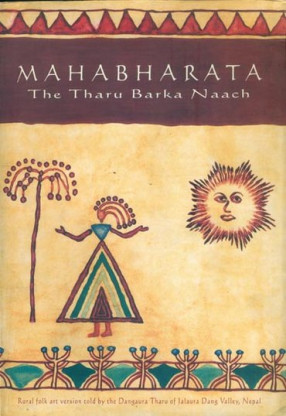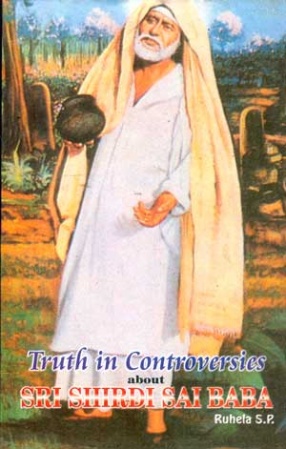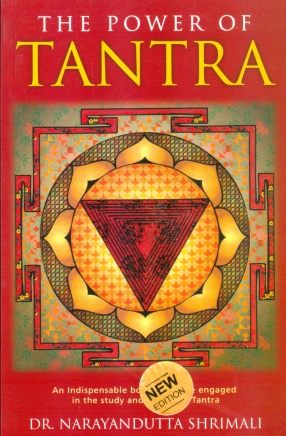Mahabharata-The Tharu Barka Naach
In 1993, Kurt Meyer and Pamela Deuel, on a routine research trip in Nepal’s Terai, learned that farmers in one Tharu village had once performed a folk version of the Mahabharata, known in Tharu as the Barka Naach," the big dance." Meyer and Deuel learned that although the tradition had died out, a few old villagers still recall the songs and dances of this important religious festival. When they were told that a collection of songs and song fragments existed in writing, they decided to help revive the tradition and to publish the collection of songs. In autumn 1998, the villagers of Dang Valley performed the Baka Naach for the first time since the early 1960’s.tradition holds that, to be ritually correct, the complete. It is hoped that the 1998 festival will lead to the continuing revival of the Barka Naach among the Dangaura Tharu in future years. Few outsiders have seen this other Nepal or the folk traditions of the Tharu, whose unique artistic tradition of the Barka Naach is published here for the first time. As Mahatawa Chandra Prasad Chaudhary told Meyer and Deuel, "We are afraid of losing our Tharu culture, which is deteriorating day by day. The main purpose of reviving the dance is to maintain Tharu culture so it can continue to survive. For this purpose my father with the help of Naraharinath Yogi and Badrinath Yogi, wrote a book describing the role of the Barka songs in Tharu culture." Who are the Tharu of Nepal? They are believed to be the first people to live in the Tarai, the tropical low lands that border India. Few people realize that the Tharu are Nepal[s fourth ethnic group in Nepal, numbering over one million people. Their origins are unknown, but whatever their beginnings, they successfully settled in the dense jungle, developing a remarkable resistance to the deadly malaria, which kept other people out until DDT eliminated the disease in the 1960s. the Tharu became the cultivators of the Tarai and turned the region into the breadbasket of Nepal.
Get it now and save 10%
BECOME A MEMBER







Bibliographic information